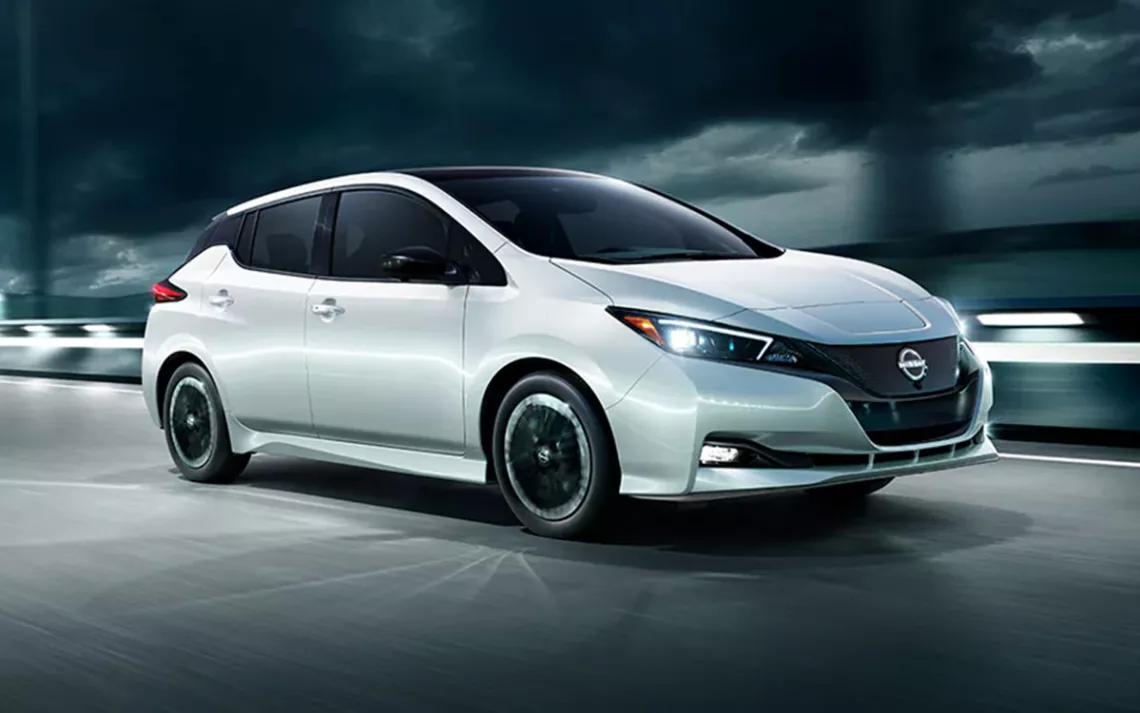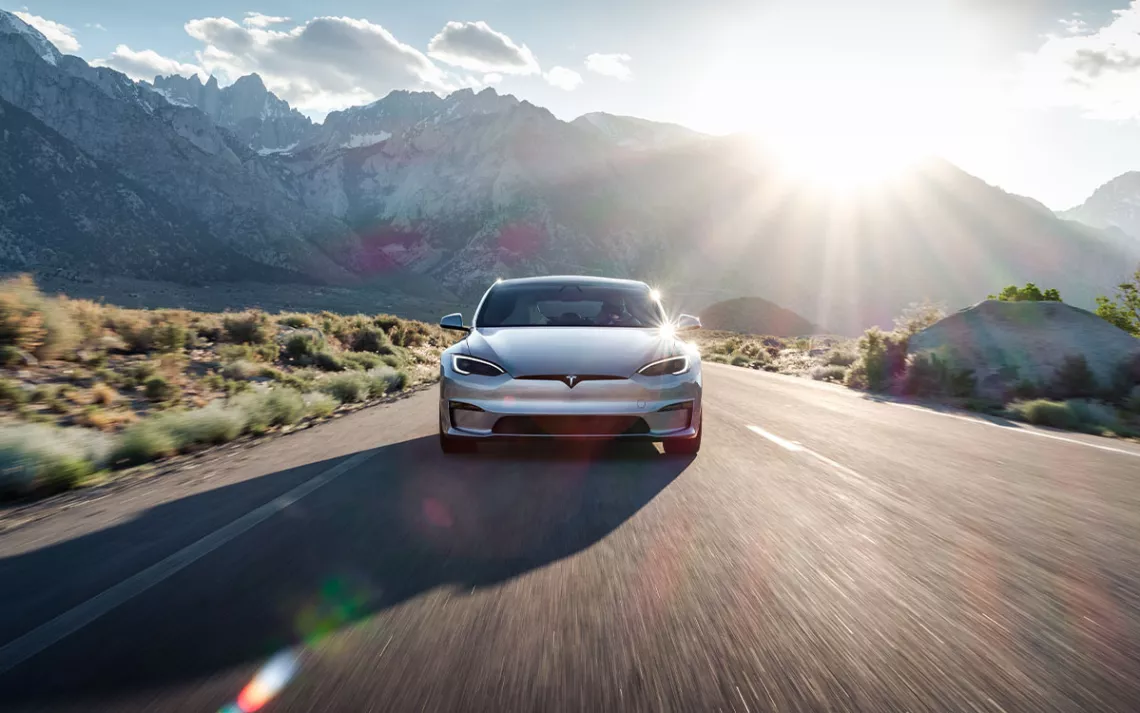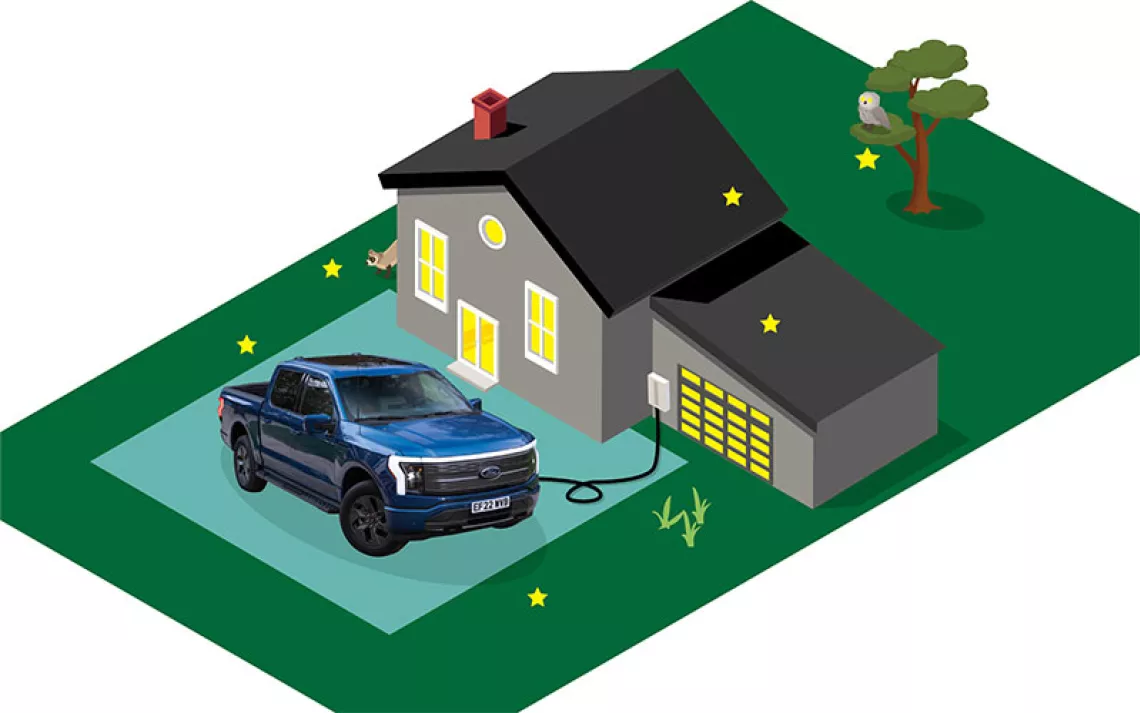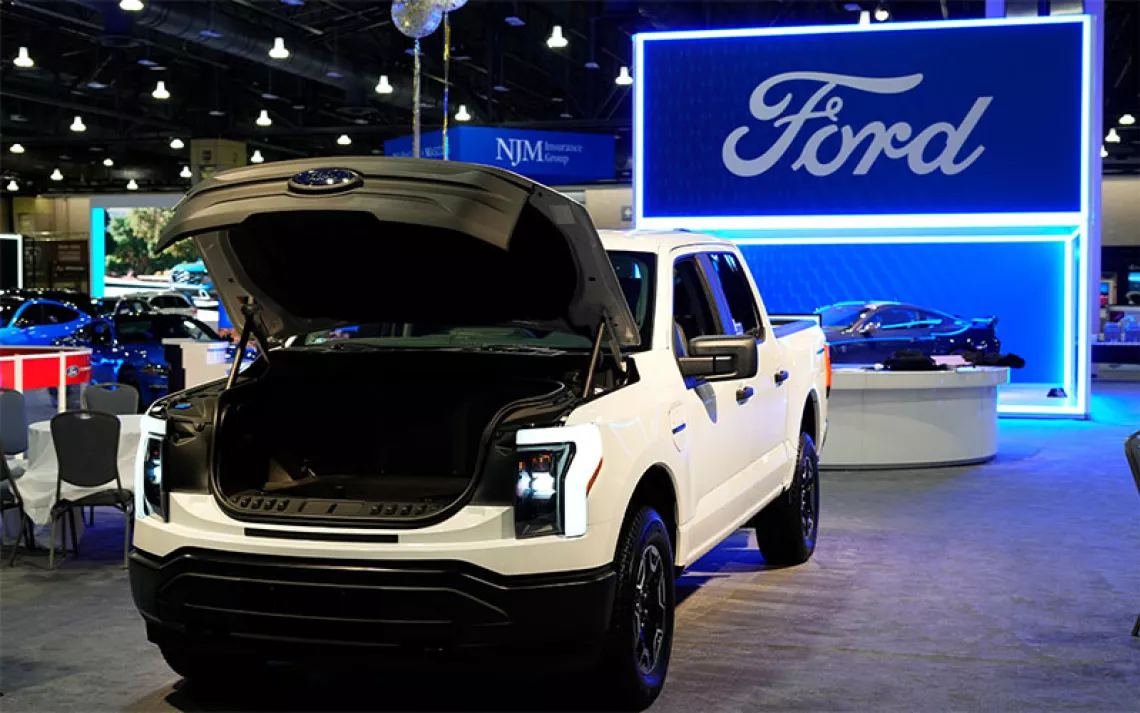Five Things to Keep in Mind When Buying a Used EV
Many pre-owned electric vehicles are now cheaper than internal combustion cars

Photo by Luis Alvarez/Getty Images
Are you thinking of buying a used electric vehicle? Well, you should be, because in many ways there’s never been a better time to do so.
The first thing to do is disregard your Uncle Bob (or any other EV haters out there), who says you’re crazy because EVs will "never catch on.” It’s true that the torrid pace of EV adoption in the United States has slowed, but despite the dire predictions of a market crash, US EV sales were up by 40 percent to 1.4 million vehicles sold in 2023. General Motors had a 60 percent EV sales surge in the third quarter of 2024 compared with the year before, and Ford saw a 12 percent increase in EV sales year-over-year. Hyundai sold more than 11,000 Ioniq 5 electric SUVs to Americans in the third quarter of this year and is becoming an EV leader.
In early 2024, prices of used EVs plunged. Just one year ago, in September 2023, a used EV was, on average, selling for 12 percent more than a comparable gas car, according to iSeeCars.com. Today, an EV is 11 percent cheaper than a comparable gas car.

Nissan Leaf | Photo courtesy Nissan Leaf
In part, this is because, as those sales surges indicate, buying a new EV got more attractive. Why? EV prices came down to be much closer to internal combustion (an average of $56,575 for the EVs compared with $47,870 for gas in August, says Kelley Blue Book). And manufacturers have been offering strong financing and leasing deals to clear EV inventory. There are more electric models on the market than ever before, and many of them are eligible for a $7,500 federal rebate. At the same time, EVs have greatly improved in range, performance, and spectacular features.
According to Karl Brauer, executive analyst at iSeeCars.com, “For buyers looking at used EVs, the prices have certainly come down and they represent a much better value than they did a year or two ago. The average price for a used EV is now $26,839, which is getting close to the $25,000 price that makes them eligible for the government’s $4,000 incentive. . . . If a used car shopper has a lifestyle that works with electric vehicles, it might be worth considering one at today’s prices.”
All of this means you can get a fantastic deal on a used EV right now—if you shop carefully. Here are five things to keep in mind so you can prove your skeptical Uncle Bob wrong.

Tesla Model S | Photo courtesy Tesla
Buy the newest used car you can afford. There are two reasons for this: improved technology and the federal incentive. The Feds are offering a rebate of up to $4,000 on used EVs—as long as you meet the income requirements, buy from a dealer, and don’t pay more than $25,000. The amount of the credit is equal to 30 percent of the sale price, so newer models get higher rebates. A full list of the qualifying cars is here. There are localized rebates on used EVs too. PG&E utility customers in California can get another $4,000 rebate, mostly on newer models.
EVs are improving rapidly, especially in range. The 2010 Nissan Leaf could go a paltry 73 miles on a charge, and it was worse in the winter. By contrast, the aforementioned 2024 Hyundai Ioniq 5 can travel up to 330 miles before it starts flashing warning lights. Plus, newer EVs are more likely to have all the latest bells and whistles aboard, like a backup camera, highway auto pilot, and connection to Apple CarPlay and Android Auto.

Hyundai Ioniq | Photo by Uli Sonntag courtesy Hyundai
It's all about the battery. In an electric vehicle, the battery pack is the cost center, and having to replace one can drill a hole in your wallet. According to a Recurrent survey of 20,000 owners, only 2.5 percent of EVs sold in the US (dating back to 2011) have had their batteries replaced outside of recalls. And they tend to be under warranty for eight years or 100,000 miles. But still—replacing a battery on a long-range Tesla Model S can cost $20,000 or more. If you’re looking at a high-mileage EV, it’s vital to find out if it’s on its original battery and, if so, how much (if any) warranty is left. Since batteries lose range as they age, it makes sense to fully charge your prospective purchase and see how many miles the car tells you are available. A minor range loss is acceptable. For more assurance, have the battery tested by the local dealer’s service department.
Charging ahead. The US has more than 192,000 public charging stations, but they’re not created equal. Buy a used Tesla and you’re automatically connected to the North American Charging Standard, which has the country’s most robust network of stations. But your non-Tesla used EV isn’t likely to be ready for that—expect it to be set up for the Combined Charging System (CCS) or the older Level Two J1772 and CHAdeMO standards. Fortunately, there are aftermarket adapters available to connect some older EVs to Tesla’s system, from companies like A2Z and Lectron (with pricing around $200). When you buy your used EV, make sure it comes with its original Level One charging cable, and also check charging speeds—some cars will take longer to fill up than others. And ask if the car is equipped for DC fast charging, indicated by a CCS port. Homeowners will probably want to invest in a $500 to $800 Level Two charger, which requires 220-volt current. Note that, depending upon your income, you may also be eligible for a federal tax rebate on your home charger installation.
Which EV? Yes, range is important. But for some people, eye-popping off-the-line performance and all-wheel drive are more critical. Both of these things unfortunately reduce EV range and add cost, including when they’re sold used. If you mostly drive locally and aren’t intent on setting land-speed records, you might not need the largest available battery pack and twin motors. Frequent distance travelers are going to want more range, though. And size matters. Only 10 years ago, EVs were mostly small, four-passenger affairs, but now you can buy full-size seven-passenger SUVs and pickups—the choices most favored by American buyers. The forthcoming Microbus-like 2025 Volkswagen ID. Buzz is the only US-market electric minivan, though Toyota and Chrysler sell vans in plug-in hybrid configurations.
The driving test. An EV offers a jump into the near future, but it’s still an earthbound car—and many of the tried-and-true rules about buying used automobiles apply. Invest in Carfax or other services to determine the car’s history. Failing that, look for changes in the paint color and panel alignment that may indicate a crash repair. Look for wear on telltale areas like the pedals and driver’s seat bolster—clues to higher mileage than the odometer reading. Drive the car in a safe spot and briefly take your hands off the wheel to see if it tracks straight. Similarly, hard braking will reveal a car pulling to one side. Examine the tires for uneven wear, a sign of bad alignment, improper inflation, or suspension issues. Check screen operation, lights, turn signals, horn, parking brake, and the entertainment system.
One thing you don’t have to do is watch for blue smoke coming out of the tailpipe. Because there is no tailpipe.
 The Magazine of The Sierra Club
The Magazine of The Sierra Club



